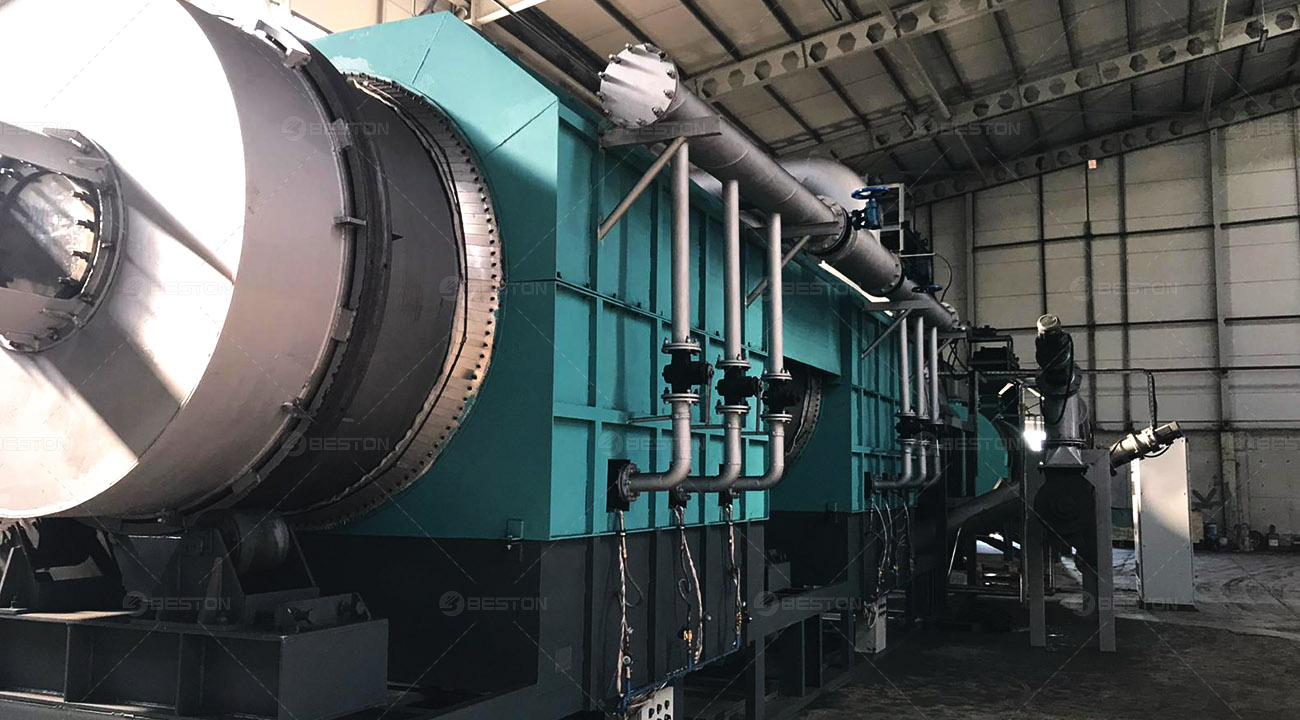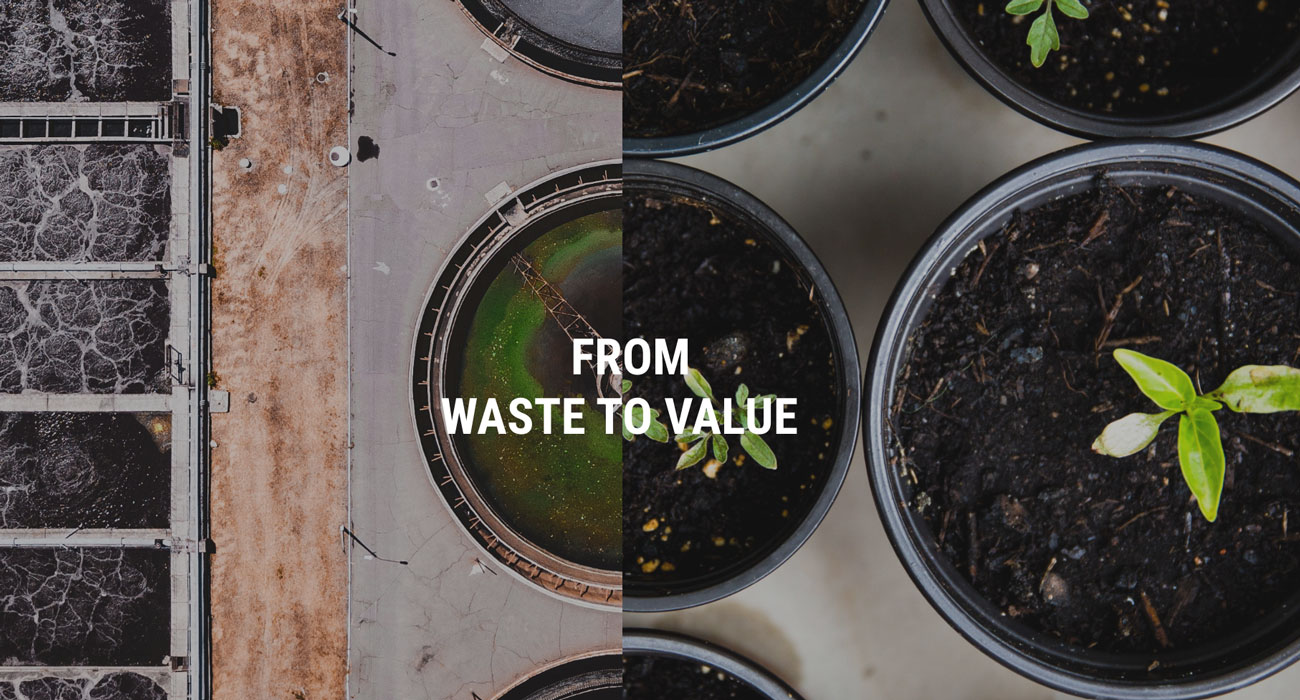In the world of charcoal production, having the right equipment is essential for efficiency, productivity, and quality. With a variety of options available, choosing the appropriate charcoal production equipment requires careful consideration. This article aims to guide you through the process of finding the right equipment by highlighting key factors to consider and exploring different types of equipment.
Understanding Charcoal Production
Before diving into equipment selection, it's important to have a basic understanding of the charcoal production process. Charcoal is created through the carbonization of organic materials, such as wood or agricultural waste, in a controlled environment with limited oxygen. This process eliminates volatile components and leaves behind carbon-rich charcoal.Types of Charcoal Production Equipment
A. Traditional Kilns
Traditional kilns have been used for centuries in charcoal production. These kilns typically consist of a mound or a pit where organic materials are stacked and then covered with soil or clay. The kiln is ignited, and the carbonization process takes place over several days.- Explanation of Traditional KilnsTraditional kilns rely on indirect heating, with heat generated from the combustion of wood or other fuels surrounding the stacked organic materials. The lack of precise temperature control and limited airflow in traditional kilns can lead to inconsistent charcoal quality.
- Pros and Cons of Traditional Kilns
- Pros:
- Low-cost option
- Minimal initial investment
- Cons:
- Lower production capacities
- Longer carbonization cycles
- Higher energy consumption
- Pros:
B. Modern Carbonization Machines
Modern carbonization machines offer advanced technology and improved efficiency in charcoal production.- Description of Modern Carbonization MachinesModern carbonization machines, such as rotary kilns and continuous carbonization furnaces, provide better temperature control, increased production capacity, and shorter carbonization cycles. These machines use indirect heating methods and have mechanisms for controlling airflow, ensuring consistent and high-quality charcoal production.
- Advantages and Disadvantages of Modern Carbonization Machines
- Pros:
- Higher productivity
- Improved energy efficiency
- Better environmental performance
- Cons:
- Higher upfront investment
- Requires more advanced operational knowledge
- Pros:

Key Considerations in Equipment Selection
When choosing charcoal production machine, several factors should be taken into account:- Production Capacity: Assess your production needs and determine the required capacity to select equipment that can meet your demand.
- Energy Efficiency: Look for equipment that incorporates energy-saving features and efficient heat utilization systems to optimize your operations.
- Environmental Impact: Choose equipment that employs sustainable practices and incorporates emission control systems to minimize environmental impact.
- Automation and Control Systems: Consider equipment with advanced automation features, temperature and airflow control mechanisms, and real-time monitoring capabilities for improved operational efficiency.
- Maintenance and Durability: Select equipment from reputable manufacturers known for their quality craftsmanship and dependable after-sales support to minimize downtime and maintenance costs.
Evaluating Equipment Suppliers
Choosing the right equipment supplier is as important as selecting the equipment itself. Follow these steps to evaluate potential suppliers:- Researching Reputable Suppliers: Identify reputable suppliers with a track record of delivering high-quality equipment in the charcoal production industry.
- Requesting Quotes and Specifications: Contact selected suppliers and request detailed quotes and specifications for their equipment. Compare offerings based on technical specifications, pricing, warranty, and additional services provided.
- Checking Customer Reviews and References: Read customer reviews and seek references from previous buyers to gain insights into equipment performance, supplier reliability, and customer support.
Making the Right Choice
To make an informed decision when choosing charcoal production equipment, follow these steps:- Analyzing Needs and Requirements: Evaluate your specific needs, considering production capacity, budget constraints, and operational requirements. Identify the equipment that aligns best with your objectives.
- Weighing the Pros and Cons: Carefully assess the advantages and disadvantages of each equipment option, considering factors like production capacity, energy efficiency, environmental impact, automation features, and maintenance requirements.
- Making a Well-Informed Decision: Based on the analysis, select the equipment that strikes the best balance between your production needs, budget, and long-term sustainability goals. Consider consulting with experts or industry professionals for further insights.

Comments
No comments yet. Be the first to react!